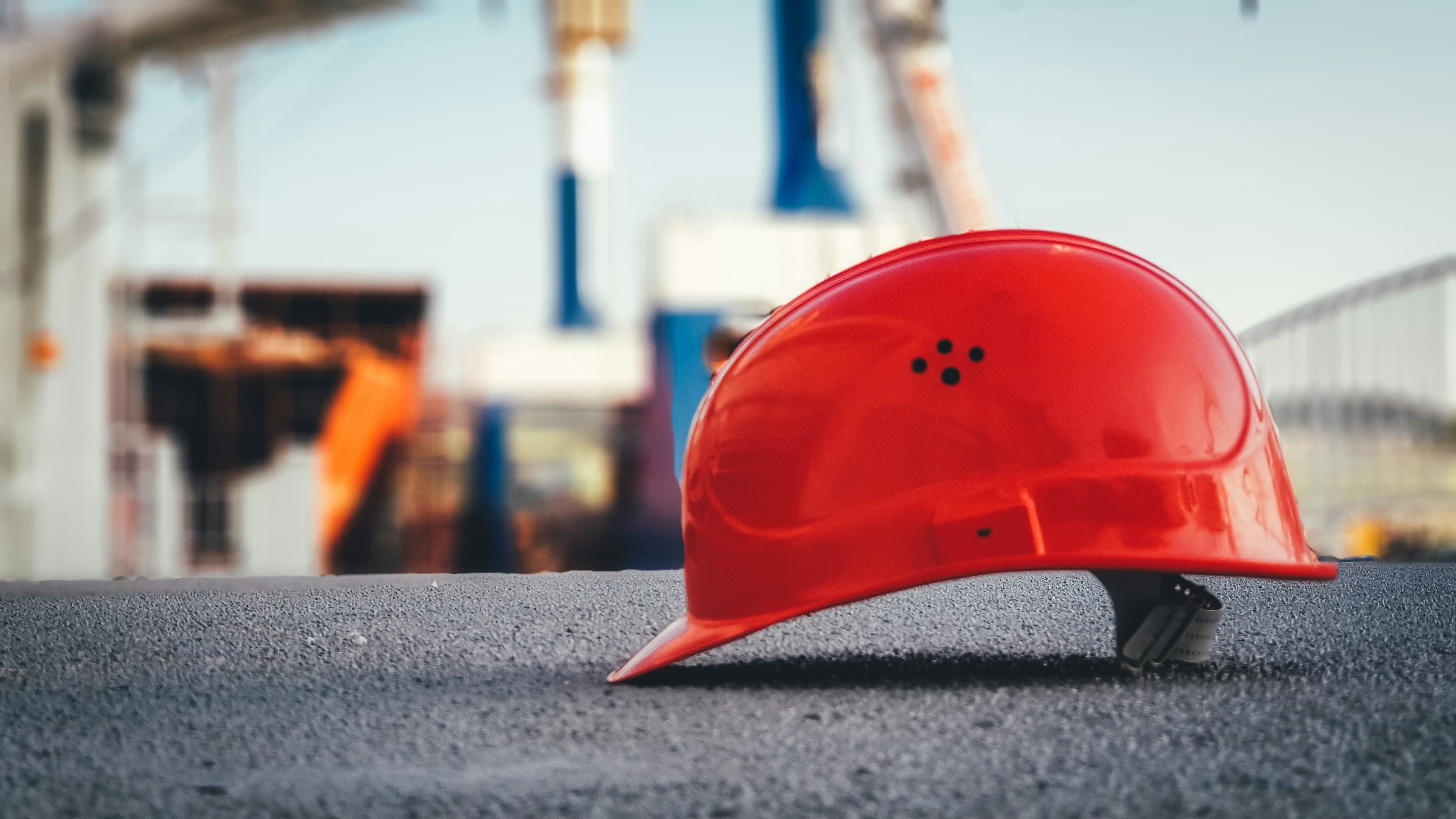Falls from height remain the leading cause of fatal workplace accidents in Britain, according to new data analysed by CT Safety Barriers.
The 2025 Health and Safety Executive’s report reveals that 50 workers died in 2023/24, compared with 41 the year before. This rise shows that the risks associated with working at height are not easing, and that existing controls are still falling short in preventing needless loss of life.
Construction is by far the hardest hit. Of the 50 deaths recorded, 31 occurred on construction sites. That means well over half of all cases came from one sector, where scaffolds, ladders, unfinished structures, and fragile roofs continue to create deadly conditions.
These findings reinforce how vital it is for companies to strengthen their safety culture, invest in proven preventative systems, and keep protection at the centre of site management.
The trend, in plain numbers
The table below shows how the picture has shifted over time:
| Year | Total fall from height deaths | Construction falls from height deaths | Fatal injuries to employees | Fatal injuries to self-employed |
| 2014/15 | 42 | 20 | 14 | 6 |
| 2018/19 | 43 | 18 | 8 | 10 |
| 2019/20 | 31 | 19 | 9 | 10 |
| 2022/23r | 41 | 25 | 10 | 15 |
| 2023/24p | 50 | 31 | 11 | 20 |
Figures taken from the HSE report
Who Is Being Harmed?
The people most at risk from fatal falls are changing. Ten years ago, employees were more often the ones who lost their lives. Now, the balance has shifted toward those working for themselves.
In 2023/24, 20 self-employed workers died after falling from a height, compared with 11 employees. This pattern reflects the way the industry now operates: more subcontracting, shorter jobs, and fewer layers of oversight.
Without the same level of supervision or organisational support, self-employed workers are often left facing risks that proper planning and collective safeguards could otherwise reduce.
Why is construction hit hardest
Working at height is built into the job – roofing, scaffolds, ladders, temporary access, and edges that do not forgive mistakes. Training, competence, and effective supervision all play a vital role in reducing the risks, but they are not foolproof.
The most dependable safeguard is always physical separation from the hazard itself. Guardrails, edge protection, properly designed platforms, and collective fall prevention systems remove the need for workers to be exposed in the first place.
Simply put: if there is no access to the drop, there won’t be a fall.
Practical measures that prevent falls
Simple, proven systems save lives when they are specified early in a project and installed correctly. These measures are not complicated, but they are highly effective, reducing exposure to the hazard rather than relying solely on personal vigilance.
- Guardrails and edge protection create a continuous barrier at roof perimeters and exposed platforms. See free-standing roof edge protection for non-penetrative options that suit many flat roofs.
- Permanent and temporary handrails give secure, predictable handholds on stairs, ramps, and access routes. Explore safety handrails for compliant configurations and finishes.]
- Safety nets and soft-landing systems reduce the consequences of a fall by catching workers before they hit the ground. They are especially useful in open construction environments where barriers are impractical.
- Mobile elevating work platforms (MEWPs) and properly designed access equipment offer safer alternatives to ladders by providing stable, enclosed working positions at height.
- Fixed access ladders with cages or fall-arrest systems give safer vertical movement between levels, particularly when permanent access is required.
- Personal fall protection equipment (PPE) such as harnesses and lanyards serve as the last line of defence. When collective measures are not feasible, correctly specified and regularly inspected PPE ensures workers remain attached to a secure anchorage at all times.
These controls support compliance, but more importantly, they reduce the chance of a life-changing mistake during everyday tasks like inspection, cleaning, or short maintenance jobs.
A clear next step for duty holders
Clients, principal contractors, and site managers can cut height-related fatalities by prioritising passive protection at design and procurement.
Specify edge protection early, plan access routes, maintain barriers, then verify that what is installed matches the risk profile of the work. The data is moving in the wrong direction, and the fixes are widely available. Use them.
Reach out today to find out how you can create a safer workplace.

